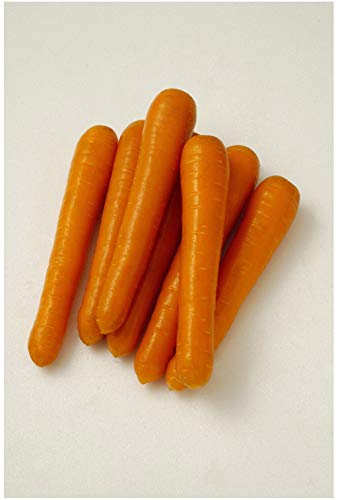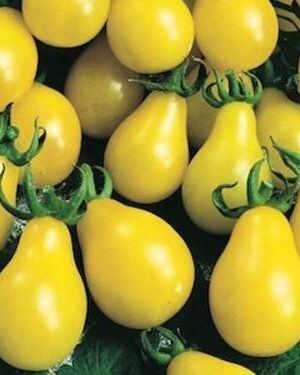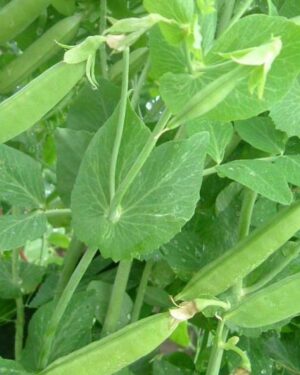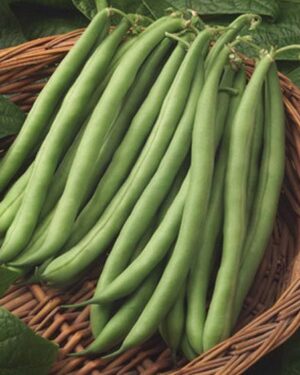Description
Carrot Maestro F1 Seeds
Carrot Maestro F1 Seeds yield a variety known for its reliable growth, excellent taste, and resistance to splitting. This variety typically produces uniform, cylindrical carrots with a sweet flavor. Maestro F1 carrots are generally adaptable, thriving in various soil types and climates, making them a popular choice for home gardeners and growers. The seeds are favored for their ability to produce carrots that are resistant to common issues like splitting, resulting in a consistent and satisfying harvest.
Cultivation advice for Carrot Maestro F1 Seeds
- Opt for loose, well-draining soil. Remove debris and stones that might obstruct root growth. Aim for a soil pH between 6.0 and 6.8 for optimal growth.
- Sow the seeds directly into the ground, placing them about a quarter to a half-inch deep. Follow the spacing instructions provided on the seed packet.
- Maintain consistent moisture, especially during germination and early growth. Ensure the soil remains evenly moist but not waterlogged to prevent rot.
- As the seedlings emerge and grow, thin them to the recommended spacing to allow adequate room for proper root development. This helps carrots grow to their full size without overcrowding.
- Ensure the planting area receives plenty of sunlight, ideally 6-8 hours per day, for healthy foliage and root growth.
- Apply a thin layer of mulch to regulate soil temperature and retain moisture. Keep the area around the carrots free from weeds to minimize competition for nutrients.
- Carrots usually do not require heavy feeding. Prior to planting, incorporate compost or a balanced fertilizer into the soil. Avoid excessive nitrogen, which can lead to lush foliage but hinder root growth.
- Monitor for pests like carrot flies or aphids. Utilize row covers or companion planting methods to deter pests naturally. Inspect regularly for signs of disease and take prompt action if necessary.
- Carrot Maestro F1 usually matures in about 70-80 days. Harvest when the carrots reach the desired size and color. Gently pull them from the soil, being careful not to damage the roots.
-
Harvesting
- After harvesting, remove the carrot tops and store the carrots in a cool, humid environment to maintain freshness. Options include refrigeration or a root cellar for longer-term storage.
- Ensure consistent moisture throughout the growing season, especially during dry periods. Carrots prefer even watering to avoid irregular growth or cracking.
- When thinning the seedlings, use scissors to cut off the excess plants instead of pulling them out. This minimizes root disturbance for the remaining plants.
- Apply a thin layer of mulch around the carrot plants to help retain moisture, regulate soil temperature, and suppress weed growth. Avoid heavy mulching directly on top of young seedlings.
- Check the carrots regularly as they grow. If any part of the root is exposed to sunlight, cover it with soil to prevent the development of green shoulders, which can cause bitterness.
- Prepare the soil adequately before planting. Carrots need loose soil to grow straight, so ensure the soil is worked to a depth of at least 12 inches to encourage proper root growth.
- Consider sowing seeds at intervals to achieve a staggered harvest. This approach ensures a continuous supply of fresh carrots rather than a single large harvest.
- Optimal germination occurs in soil temperatures between 50°F to 85°F (10°C to 29°C). Cooler temperatures might slow germination, while higher temperatures can affect the germination rate.
- While Carrot Maestro F1 may exhibit some resistance, it’s wise to monitor for pests and diseases. Use organic pest control methods if necessary and address any issues promptly.
- Taste-test carrots to determine the best time for harvest. Carrots picked when slightly smaller can often be sweeter and more tender than larger ones.









Reviews
There are no reviews yet.